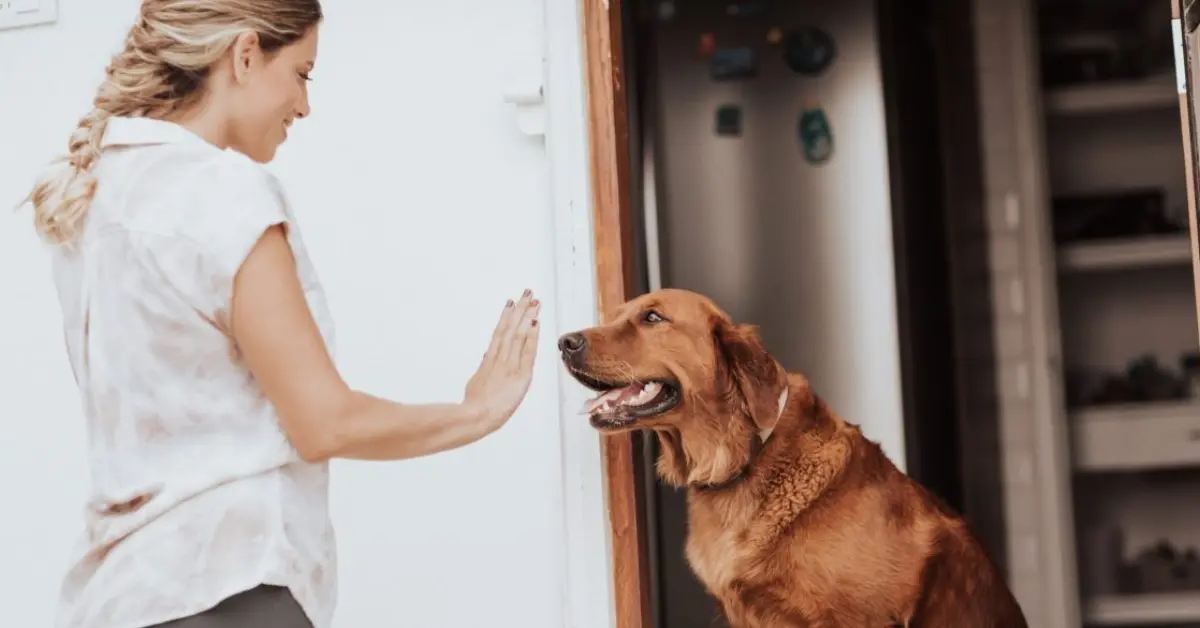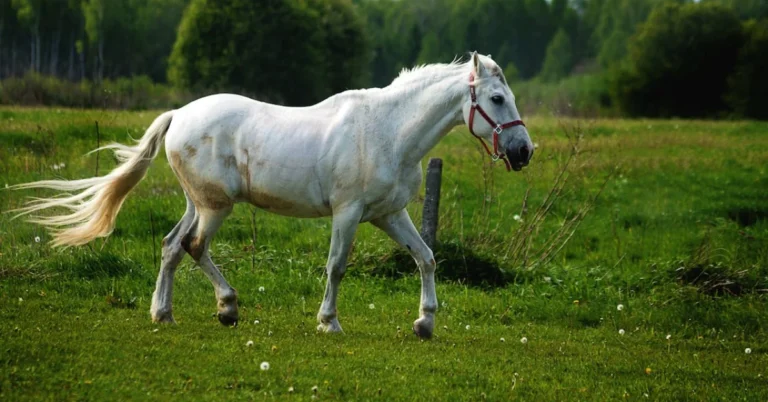That moment your dog fixates on an approaching squirrel, muscles tensing as instincts scream give chase! Or the front door swings open and Fido makes a defiant dash for freedom. For many dog owners, stubbornness, distraction, or impulse control issues turn simple commands like “stay” into fruitless pleas.
Yet a reliable stay taps into supreme canine self-control, providing an invaluable tool for handling real-world situations. Master this skill, and witness your relationship transform through the power of communication, respect, and enhanced understanding.
This guide covers stay command fundamentals and then explores troubleshooting strategies for defiant dogs from bolters to wanderers. Soon, you’ll be able to enjoy off-leash group settings without losing your dog to temptation. Mark that milestone in your training journey today with insights from “How to Train A Dog.”
Laying the Groundwork: Keys to Effective Dog Training
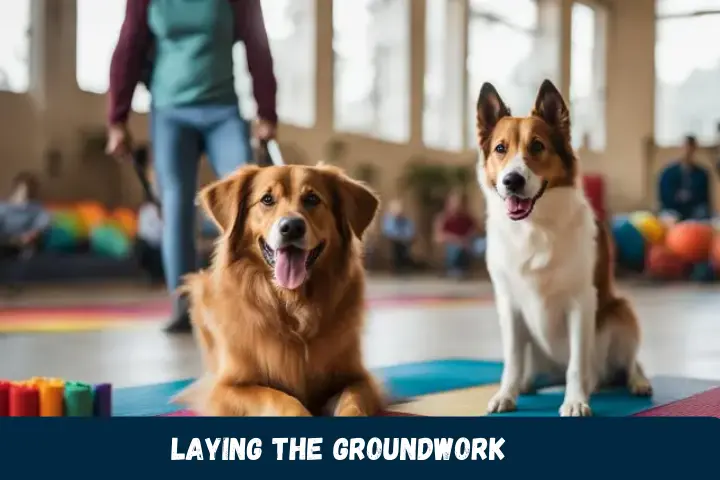
Before diving into “stay” training specifically, let’s review some foundational methods for communicating clearly and effectively with canine companions:
Positive Reinforcement Building Blocks
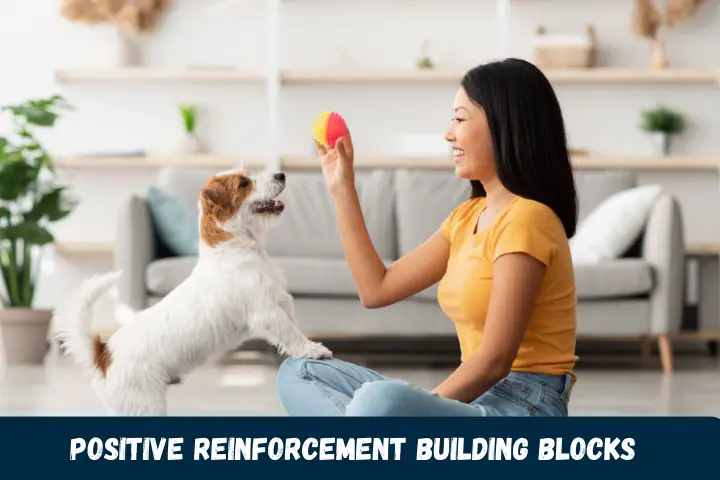
Modern science shows that rewards-based training is the most successful approach for dogs. Identify what truly motivates your dog – food, toys, praise – and give it freely for effort and incremental progress. This builds eagerness and trust, which are crucial for obedience. Remember, punishment risks eroding confidence and stifling potential.
Prevent Rehearsal of Unwanted Behaviors
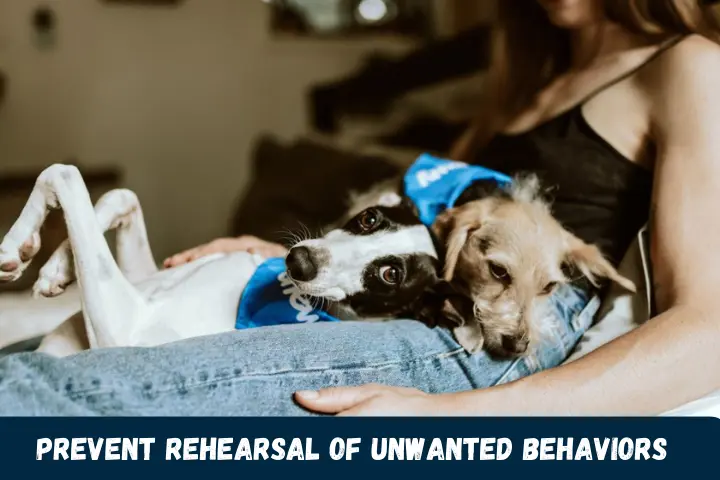
If your dog repeatedly practices undesirable behaviors, they become ingrained habits increasingly resistant to change. Save your dog’s learning energy for constructive progress by minimizing the reward of unwanted actions. Redirect them before they have a chance to ignore cues or commands.
Patience & Realistic Expectations

Dog training is a journey, not a destination! Making monumental leaps in early sessions is unrealistic. Stick with it through ups and downs without expecting immediate perfection. Achievements will come in time.
Mastering the Mechanics of a Memorable Stay
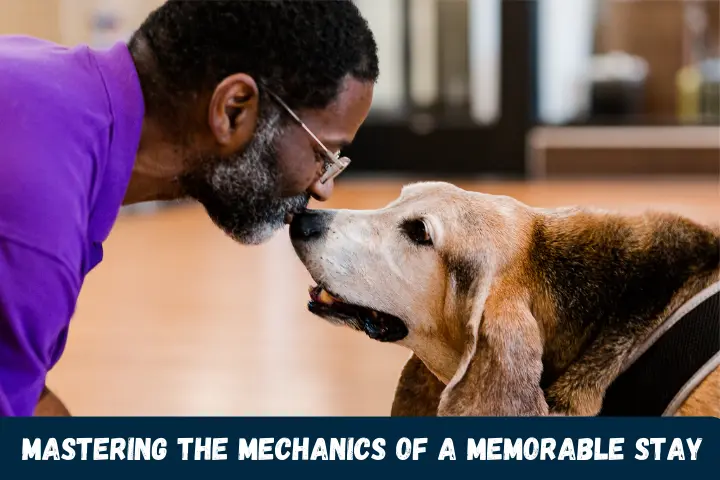
A reliable stay command requires mastering three key components – duration, distance, and distraction. We’ll explore methods for progressively building each. But first, let’s break down how to clearly communicate stay cues.
Defining the Stay Cue
Use a unique release word like “break” to indicate when your dog can exit the stay. This prevents confusion in distinguishing stay cues from informal conversation.
Pair verbal cues with hand signals, at least initially. Signals help reinforce clarity, providing visual reminders.
Use consistent, distinct vocabulary like “wait here” or “stay put.” Avoid vague requests like “be good.”
Convey an upbeat, encouraging tone emphasizing the behavior is voluntary. This builds trust and willingness.
Put It on Cue
Say “stay” first before asking your dog to settle into position. This links the word directly to the behavior you want. Eventually, the cue will initiate the action without needing to first direct them into sits or downs. Explore more valuable insights in How to Train a Dog to Walk on a Leash.
Avoid Endlessly Repeating Cues
Resist nagging “stay, stay, stay!” which dilutes cue strength. If your dog breaks position, simply redirect without fuss as soon as they are mentally re-engaged.
Increase Duration Gradually
Initially, even two-second stay bursts earn bountiful rewards. But once your dog grasps the behavior, slowly extend the required duration before releasing and celebrating. Randomize intervals to a minute or more over multiple short sessions to strengthen persistence without overwhelming trainees.
Step Back Little By Little
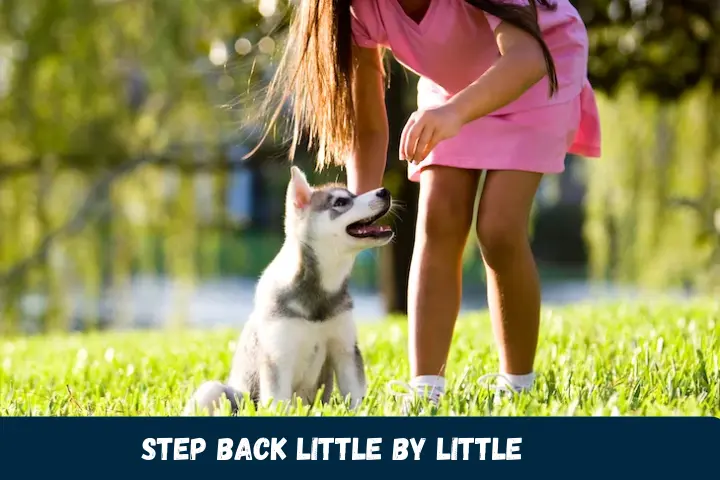
Gradually increase the physical distance between you and your stay dog. Just inches at first while remaining within sight, then building to full room lengths and even out-of-sight stays. Change up locations too, avoiding linking the behavior to just one static environment.
Distraction Is Key
Test stays with environmental temptations like open doors, toys and treats nearby and other dogs at a distance. Proof skills in low distraction settings first before upping challenge levels. Stay refreshers in easy environments to prevent frustration.
Remember, you want your dog to actively choose to remain in place despite allurements. That means sometimes they do get to chase the squirrel if they break their stay. Reward resuming position abundantly after any breaks or redirects.
Stay Troubleshooting for Common Training Pitfalls
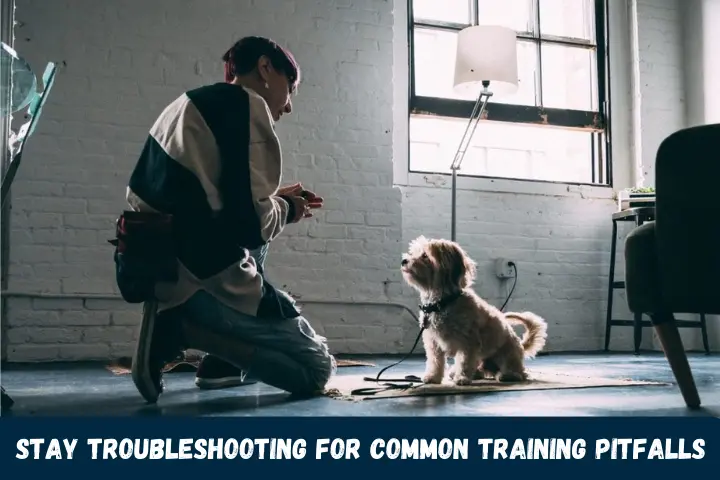
Despite our best intentions, even dogs with solid stay foundations can falter. Consistency, patience, and creative troubleshooting help smooth over common snags.
The Wanderer
For dogs lured away by environmental temptations like an open gate, practice in enclosed areas on a long line, rewarding heavily for resisting urges to drift.
The Puller
Dogs determined to stay by your side may still pull against their leash, unwilling to keep their distance. Work at a longer line length with frequent stay cue reminders. Step on the leash if necessary to reinforce the cue but avoid excessive corrections.
The Bolter
Use doors, baby gates, or tethers for dogs prone to impulsive stay-breaking dashes. Gradually build confidence for paused stays at thresholds as other urges fade. Always set them up for success.
The Distracted Dog
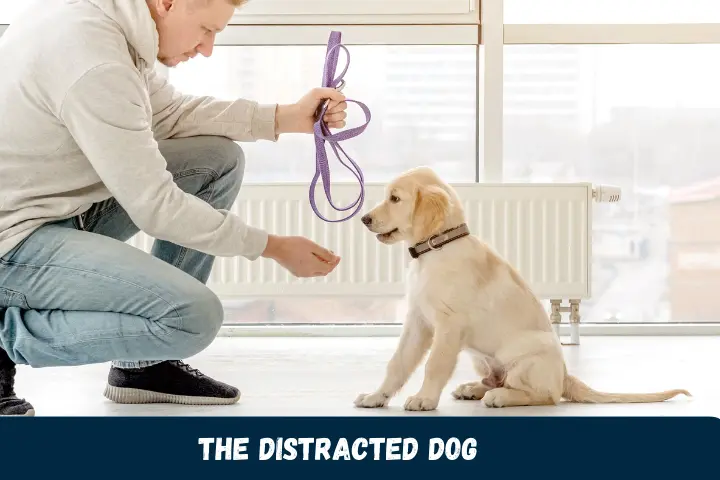
Improve focus on the cue giver, not environmental stimuli by practicing eye contact drills and staying repetitions in low distraction settings first before adding challenges. Increase reward bonuses for duration and distraction milestones met.
The Anxious Dog
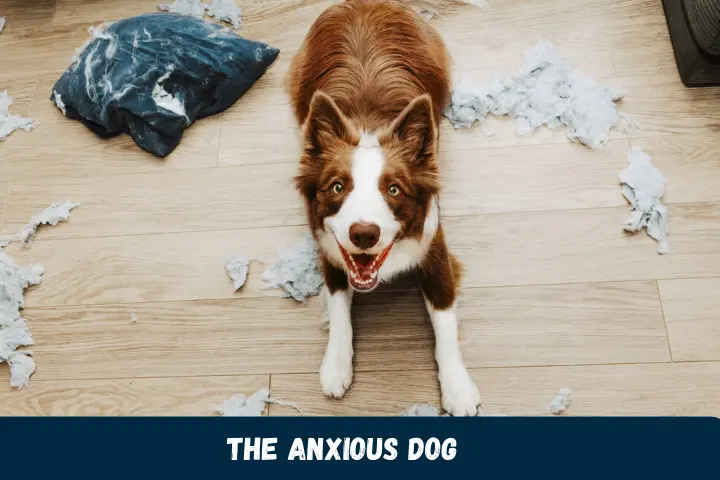
Nervous dogs may break stays due to stress, not defiance. Identify and minimize triggers. Teach alternative calm behaviors like mat work to provide an outlet and confidence during distress. Consult a trainer if severe, especially for calm dog breeds.
General Training Tips to Strengthen Stay Skills
While targeting specific stay issues is helpful, don’t forget the basics. Refine impulse control, attention spans, and general obedience to reinforce overall composure. Useful supplemental behaviors include:
- Eye Contact/Focus Cues
- Name Recognition
- Relaxation Commands
- Impulse Control Games
- Dog to Sit/Down Duration Training
These exercises emphasize respect, environmental awareness, and patience – invaluable emotional muscles for mastering stay commands. Enroll in training classes focusing on concentration and compliance. The socialization and new cue exposure aid generalizing skills.
Stay Safety Precautions
As with any training, ensuring your dog’s well-being remains the top priority. Monitor for signs of anxiety like panting or trembling and release immediately. Avoid utilizing stays for prolonged confinement purposes. And never correct physically for failure to comply, which can instill fear and erosion of trust.
Keys for Solidifying Stays
As you persist on your journey toward rock-solid stays, keep these key concepts in mind:
- Maintain Realistic Milestones
- Emphasize Positive Associations
- Practice Short Frequent Reps
- Build General Compliance Muscles
- Prioritize Patience Over Perfection
Stick to this formula while capitalizing on real-world practice opportunities, and you’re destined to succeed!
Graduate to Advanced Stay Applications
Once your dog reliably stays despite common distractions on cue, test their mettle with these real-world applications:
Off-Leash Stays: Great for handling situations like posing for a quick pic during your woodland hike.
Distance Downs: Sending your dog away from environmental triggers like another dog until you call them back to you. Helpful for polite greetings.
Emergency Stop: Command serves a critical role if your dog’s safety is jeopardized, like when they bolt toward traffic.
Duration Stays: Comes in handy when you chat with a neighbor and want your dog settled beside you not soliciting attention.
Final Thoughts
Achieving stay success requires realistic benchmarks, compassionate leadership, and recognition that obedience is a journey, not a single destination. As the famous Monks of New Skete relay in their internationally acclaimed dog training classic, “training does not mean demanding that the dog obey, but rather guiding him to understand through compassion and consistency.”
This sentiment lies at the heart of mentally strengthening dogs to resist environmental allurements. Master communicators find the balance between clear direction and nurturing emotional needs like confidence, comfort, and trust.
Soon, the mutual respect needed for advanced skills like staying blooms beautifully, ushering harmonious walks, and well-mannered canine citizens. But the road there ventures through patience, support, and celebrating tiny steps of progress along the way.
So as you embark on your own stay journey, maintain realistic timeframes, actively sculpt motivation, not ultimatums, and know trusted professionals can provide accountability if you ever feel your progress plateau. But if you persist in your gentle guidance, soon your once defiant and distractible dog will blossom into a trusty companion contentedly awaiting your next cue, no matter how lengthy the stay.

